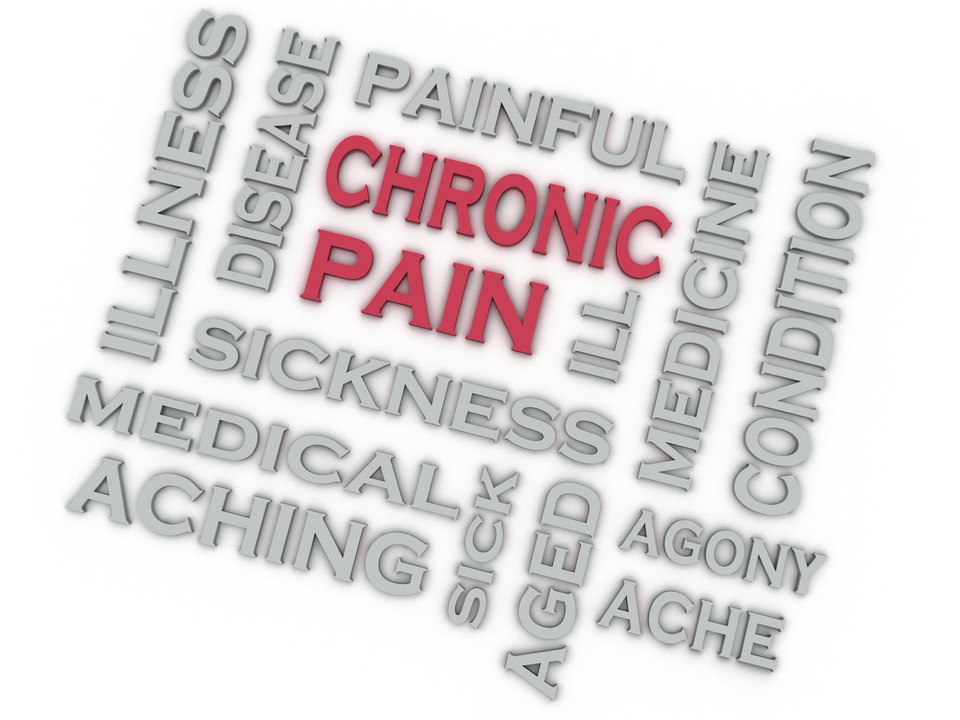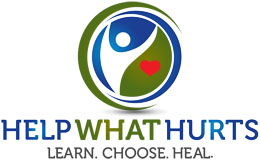Helping with Chronic Pain
By Spencer Schreckengaust
Categories: Alternative Medicine, Chronic Pain, Pain, Pain Management

Helping with chronic pain: Teaching about pain with Therapeutic Neuroscience Education (TNE) or Pain Neuroscience Education (PNE)
In the current medical model, individuals with chronic pain typically experience frustration due to experiencing debilitating discomfort, altering affecting numerous aspects of their lives. This type of chronic pain does not appear to have any underlying cause like arthritis or any other condition as the tissues should have recovered or healed in the appropriate time frame. Unfortunately, the “standard” medical treatment model has failed to empower persons with chronic pain as healthcare practitioners have mostly focused on objective data like diagnostic tests (which demonstrate “normal” or “unremarkable” imaging results). In other words, you shouldn’t hurt because everything looks ok!
However, these tests for these patients do not discover the culprit because an imaging test like MRI cannot detect pain since pain is formed and perceived in the brain due to a combination of factors. Therefore, a more successful treatment approach focuses on a multidisciplinary tactic which should include Therapeutic Neuroscience Education (TNE) ,also known as Pain Neuroscience Education (PNE).
What is TNE or PNE? “Chronic pain is often associated with faulty cognitions and beliefs. One approach to alter cognitions and beliefs is to teach patients about the neurophysiology and neurobiology of their pain (Louw A and Puentedura EJ). TNE or PNE are a way for healthcare practitioners to educate persons with chronic pain by explaining the entire pain process using metaphors, examples and pictures to show these patients how to take control and “hit the reset button” in order to help them return to their prior functional life.
For example, one metaphor used to help individuals with chronic pain understand their extreme sensitivity to discomfort can be demonstrated with those new “Ring” devices. This new technology can help you know who comes by your front door, like a potential threat such as a thief or annoying salesperson. When that person comes to your front door, the “Ring” device detects the movement and contacts your mobile phone with that familiar tone. However, if you set the sensitivity levels to the highest levels, something as harmless as a neighbor walking their dog on the street will set off the “Ring” to warn you of the “threat.” That warning resembles the nerve of the person with chronic pain. This overactive nervous system has little reserve or tolerance, as a simple activity like lightly being touched on the arm (which does not stress, much less harm the body) will be perceived as debilitating and painful.
Such educational techniques will be combined with an individualized and tailored list of treatments prescribed and formulated by a healthcare professional that can include: aerobic exercise, general muscular strength and stabilization with functional patterns, posture, diet, sleep hygiene, manual physical therapy, modalities, aquatic rehabilitation, biofeedback and even more.
Here are some examples of using technology to help these persons with chronic pain return to their prior level of function.
https://www.facebook.com/78945141697/posts/10157145299556698?s=100001977634512&v=e&sfns=mo
https://vimeo.com/378384653/41bf30fe6d
– Linda’s story: https://vimeo.com/380781806/7c2fb05b39
– Jennean’s story: https://vimeo.com/377397026/523c7578bc
Prior to initiating treatment like this for chronic pain, please contact your physician or medical provider to verify your condition and coordinate your rehabilitation with the proper healthcare practitioner trained in TNE or PNE to help you return to a high quality of life.
- Cox T, Louw A, Puentedura EJ. An abbreviated therapeutic neuroscience education session improves pain knowledge in first-year physical therapy students but does not change attitudes or beliefs. J Manual Manipulat Ther. 2016;1–11.
- Gallagher L, McAuley J, Moseley GL. A randomized-controlled trial of using a book of metaphors to reconceptualize pain and decrease catastrophizing in people with chronic pain. Clin J Pain. 2013;29(1):20–25.
- Latimer J, Maher C, Refshauge K. The attitudes and beliefs of physiotherapy students to chronic back pain. Clin J Pain. 2004;20(1):45–50.10.
- Loftus S. Pain and its metaphors: a dialogical approach. J Med Hum. 2011;32(3):213–230.
- Louw A and Puentedura EJ. Therapeutic Neuroscience Education, Pain, Physiotherapy and the Pain Neuromatrix. International Journal of Health Sciences September 2014, Vol. 2, No. 3, pp. 33-45
- Louw A, Nijs J, Puentedura EJ. J Man Manip Ther. 2017 Jul; 25(3): 160–168.
- Louw A, Diener I, Landers MR, et al. Preoperative pain neuroscience education for lumbar radiculopathy: a multicenter randomized controlled trial with 1-year follow-up . Spine. 2014;39(18):1449–1457.
- Nijs J, Roussel N, Paul van Wilgen C, et al. Thinking beyond muscles and joints: therapists’ and patients’ attitudes and beliefs regarding chronic musculoskeletal pain are key to applying effective treatment. Man Ther. 2013;18(2):96–102.


